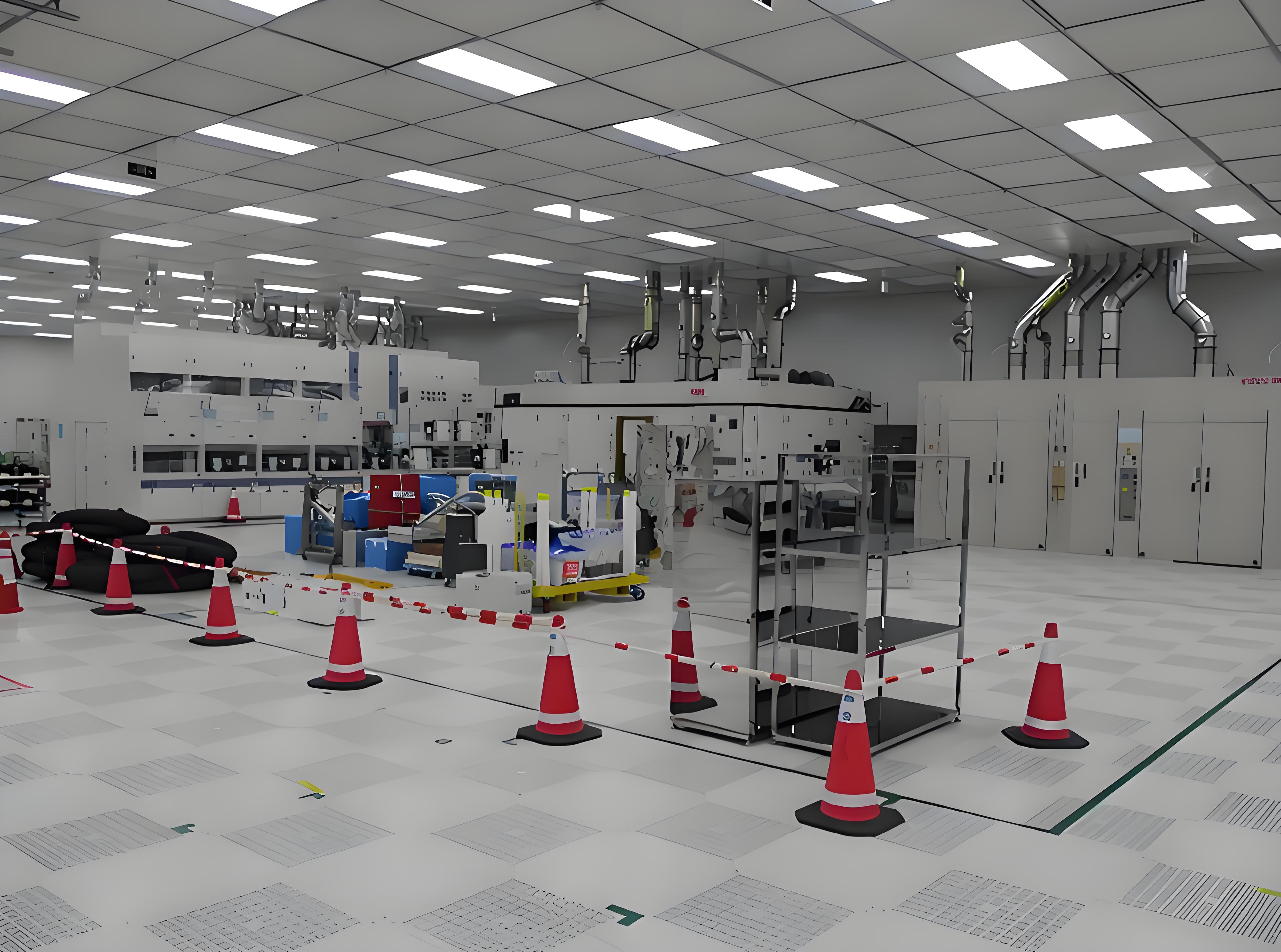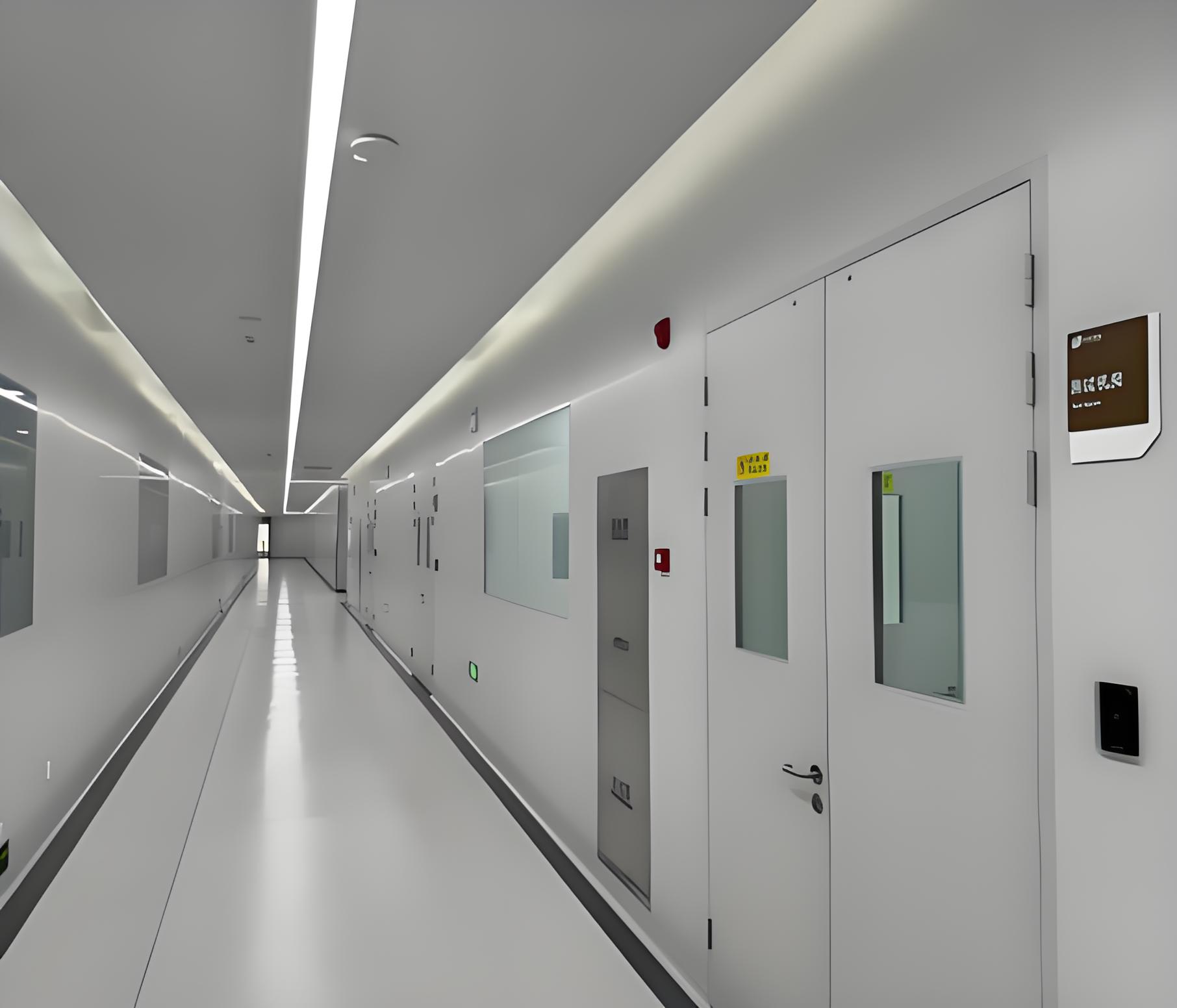




When it comes to setting up a functional and safe chemistry laboratory, the chemistry lab arrangement is a critical factor that influences everything from workflow efficiency to occupant safety. A well-thought-out lab design not only enhances productivity but also minimizes risks associated with chemical handling and experiments. In this comprehensive article, we delve into the essential components of modern laboratory setups, covering Chemical Laboratory Engineering, Laboratory Ventilation System Design, Chemistry laboratory design, Laboratory planning and design, and How to plan a new chemistry laboratory layout. We'll explore the logical integration of these elements, address common pitfalls, and provide insights based on industry best practices. Whether you're renovating an existing space or starting from scratch, understanding these principles will help you create a laboratory that meets regulatory standards and supports innovative research.
The importance of a proper chemistry lab arrangement cannot be overstated. It involves a multidisciplinary approach that blends architecture, engineering, and safety protocols. Inefficient layouts can lead to cross-contamination, accidents, and reduced productivity. By focusing on key areas like Chemical Laboratory Engineering and Laboratory Ventilation System Design, you can ensure a environment that fosters scientific discovery while protecting personnel. This article will guide you through the fundamental aspects, with a focus on practical applications and real-world examples. We'll also highlight frequent issues encountered during the Laboratory planning and design phase, offering solutions to avoid costly mistakes. From initial concept to final implementation, every step in How to plan a new chemistry laboratory layout requires careful consideration of spatial organization, equipment placement, and safety measures. Let's dive into the details to help you achieve an optimal laboratory setup.

Chemical Laboratory Engineering forms the backbone of any successful chemistry lab arrangement. This discipline involves the application of engineering principles to design, construct, and maintain laboratories that handle chemical processes safely and efficiently. It encompasses structural integrity, material selection, and integration of systems like plumbing, electrical, and gas supplies. A key aspect of Chemical Laboratory Engineering is ensuring that the lab can withstand the demands of chemical experiments, including resistance to corrosion, heat, and pressure fluctuations. For instance, choosing non-porous surfaces for countertops and installing fume hoods are standard practices derived from this field.
In the context of Chemistry laboratory design, Chemical Laboratory Engineering addresses the functional requirements of different lab types, such as teaching labs, research facilities, or industrial settings. Common problems in this area include inadequate load-bearing capacity for heavy equipment, poor material compatibility leading to degradation, and insufficient utility connections. For example, if electrical outlets are not strategically placed, it can result in clutter and trip hazards. Another frequent issue is the oversight of future expansion needs, which can limit the lab's adaptability. To mitigate these, engineers must conduct thorough risk assessments and collaborate with stakeholders during the Laboratory planning and design phase. By prioritizing Chemical Laboratory Engineering, you lay a solid foundation for a safe and scalable chemistry lab arrangement.
Moreover, Chemical Laboratory Engineering often intersects with sustainability goals. Energy-efficient systems and waste management protocols are integral to modern designs. However, a common challenge is balancing cost with environmental considerations, which can lead to compromises in safety if not managed properly. Regular audits and adherence to standards like ISO 17025 can help address these issues. In summary, Chemical Laboratory Engineering is essential for creating a resilient lab environment, and its principles should guide every decision in the chemistry lab arrangement process.
Laboratory Ventilation System Design is a cornerstone of a safe chemistry lab arrangement, as it directly impacts air quality, contaminant control, and overall occupant health. A well-designed ventilation system removes hazardous fumes, vapors, and particulates, preventing exposure and cross-contamination. Key components include fume hoods, exhaust fans, and air supply systems, all of which must be tailored to the lab's specific activities. For example, in a lab handling volatile chemicals, Laboratory Ventilation System Design might involve variable air volume (VAV) systems to optimize energy use while maintaining safety.
In the broader scope of Chemistry laboratory design, Laboratory Ventilation System Design ensures compliance with regulations such as OSHA and ANSI/AIHA Z9.5. Common problems arise from improper sizing of ventilation equipment, leading to inadequate airflow or excessive noise. For instance, if fume hoods are placed too close to doors or windows, it can disrupt airflow patterns and reduce efficiency. Another issue is the lack of regular maintenance, which can cause system failures and increase risks. During Laboratory planning and design, it's crucial to involve HVAC specialists early to integrate Laboratory Ventilation System Design seamlessly into the chemistry lab arrangement.
Additionally, Laboratory Ventilation System Design must account for energy conservation. Many labs face the challenge of high operational costs due to inefficient systems. Solutions include using energy recovery ventilators or implementing occupancy sensors. However, cutting corners on ventilation to save costs can lead to severe safety breaches. A best practice is to conduct computational fluid dynamics (CFD) simulations during the design phase to predict airflow and identify potential problems. By emphasizing Laboratory Ventilation System Design, you enhance the overall effectiveness of the chemistry lab arrangement, ensuring a healthy environment for all users.

Chemistry laboratory design is a holistic process that shapes the functionality and safety of a chemistry lab arrangement. It involves spatial planning, workflow optimization, and the integration of safety features to support various chemical processes. Core principles include zoning areas based on hazard levels, ensuring clear pathways for evacuation, and providing adequate storage for chemicals and equipment. A well-executed Chemistry laboratory design promotes efficiency by grouping related activities together, such as placing wet benches near sinks and fume hoods.
When considering How to plan a new chemistry laboratory layout, Chemistry laboratory design must address ergonomics and accessibility. For example, workstations should be adjustable to accommodate different users, and emergency equipment like eyewash stations must be easily accessible. Common problems in Chemistry laboratory design include poor traffic flow, which can lead to congestion and accidents, and insufficient bench space, hindering collaborative work. Another issue is the neglect of digital integration, such as data ports and wireless connectivity, which are essential for modern labs. During Laboratory planning and design, it's important to involve end-users to gather feedback on practical needs.
Furthermore, Chemistry laboratory design should incorporate flexibility for future changes. Modular furniture and movable partitions can adapt to evolving research demands. However, a frequent challenge is the upfront cost of such features, which may deter investments. To overcome this, prioritize long-term benefits in the chemistry lab arrangement. Safety is another critical aspect; for instance, using chemical-resistant materials and installing spill containment systems are must-haves. By adhering to these principles, Chemistry laboratory design becomes a proactive approach to creating a sustainable and safe lab environment, integral to any successful chemistry lab arrangement.
Laboratory planning and design is a systematic approach that ensures all elements of a chemistry lab arrangement work in harmony. This phase involves defining objectives, assessing requirements, and creating detailed layouts that align with the lab's mission. Key steps include conducting needs analyses, selecting appropriate equipment, and coordinating with architects and engineers. Effective Laboratory planning and design results in a space that maximizes productivity while minimizing risks, and it serves as the blueprint for How to plan a new chemistry laboratory layout.
One of the primary goals of Laboratory planning and design is to achieve a balance between functionality and safety. For example, separating high-hazard areas from general workspaces reduces exposure risks. Common problems during this stage include budget constraints leading to compromises in quality, and poor communication among team members, which can result in design flaws. In Chemical Laboratory Engineering, this might manifest as inadequate utility placements, such as gas lines that are too far from workstations. To avoid these, establish clear project milestones and involve all stakeholders early in the process.
Another aspect of Laboratory planning and design is sustainability. Incorporating green building practices, like using recycled materials and optimizing natural light, can enhance the lab's environmental performance. However, labs often struggle with implementing these due to perceived complexity or cost. Solutions include seeking LEED certification and investing in energy-efficient systems. In the context of Chemistry laboratory design, Laboratory planning and design must also address regulatory compliance, such as adhering to local building codes and safety standards. By following best practices, Laboratory planning and design lays the groundwork for a resilient chemistry lab arrangement that can evolve with changing needs.
How to plan a new chemistry laboratory layout is a step-by-step process that transforms conceptual ideas into a functional chemistry lab arrangement. It begins with defining the lab's purpose—whether for education, research, or industry—and then moves to space allocation, equipment selection, and safety integration. Key steps include site assessment, stakeholder consultations, and iterative design reviews. This approach ensures that the layout supports efficient workflows and meets all operational requirements, while incorporating elements from Chemical Laboratory Engineering and Laboratory Ventilation System Design.
A critical first step in How to plan a new chemistry laboratory layout is to map out workflows and traffic patterns. This helps identify zones for different activities, such as sample preparation, analysis, and storage. Common problems include underestimating space needs, leading to cramped conditions, and overlooking storage solutions, which can cause clutter. For instance, in Chemistry laboratory design, failing to plan for chemical storage can result in unsafe practices like storing incompatible substances together. To address this, use tools like 3D modeling to visualize the chemistry lab arrangement and identify potential issues early.
Additionally, How to plan a new chemistry laboratory layout must consider future scalability. Labs often face the challenge of outdated layouts that hinder expansion. Solutions include designing with modular components and leaving room for additional equipment. In terms of Laboratory planning and design, it's essential to integrate safety features from the start, such as emergency showers and fire suppression systems. Budget management is another common hurdle; prioritize essential elements like Laboratory Ventilation System Design to avoid costly retrofits. By following a structured approach to How to plan a new chemistry laboratory layout, you can create a adaptable and safe environment that enhances scientific endeavors.
Despite careful planning, many labs encounter common problems in their chemistry lab arrangement. These issues can stem from design flaws, inadequate maintenance, or evolving needs. Understanding these challenges and their solutions is crucial for maintaining a safe and efficient laboratory. Key problems include poor ventilation, inefficient space utilization, and compliance failures, all of which can be addressed through proactive measures rooted in Chemical Laboratory Engineering and Laboratory planning and design.
One frequent issue is inadequate Laboratory Ventilation System Design, which can lead to poor air quality and health risks. For example, if fume hoods are not calibrated correctly, they may fail to capture contaminants. Solutions include regular performance testing and upgrading to energy-efficient systems. Another common problem is in Chemistry laboratory design, where inflexible layouts hinder adaptation to new technologies. This can be mitigated by incorporating modular furniture and open-plan areas during the Laboratory planning and design phase.
Safety violations are also prevalent, such as improper chemical storage or blocked emergency exits. These often arise from a lack of training or oversight in How to plan a new chemistry laboratory layout. To combat this, implement continuous safety audits and staff education programs. Budget overruns are another challenge, particularly when unexpected issues arise in Chemical Laboratory Engineering. Contingency planning and phased implementations can help manage costs. By addressing these common problems early, you can refine your chemistry lab arrangement to be more resilient and effective.
In conclusion, a successful chemistry lab arrangement relies on the integration of multiple disciplines, including Chemical Laboratory Engineering, Laboratory Ventilation System Design, and Chemistry laboratory design. Through careful Laboratory planning and design and a methodical approach to How to plan a new chemistry laboratory layout, you can overcome common challenges and create a laboratory that prioritizes safety, efficiency, and innovation. Remember, the key is to plan ahead, involve experts, and remain adaptable to change.